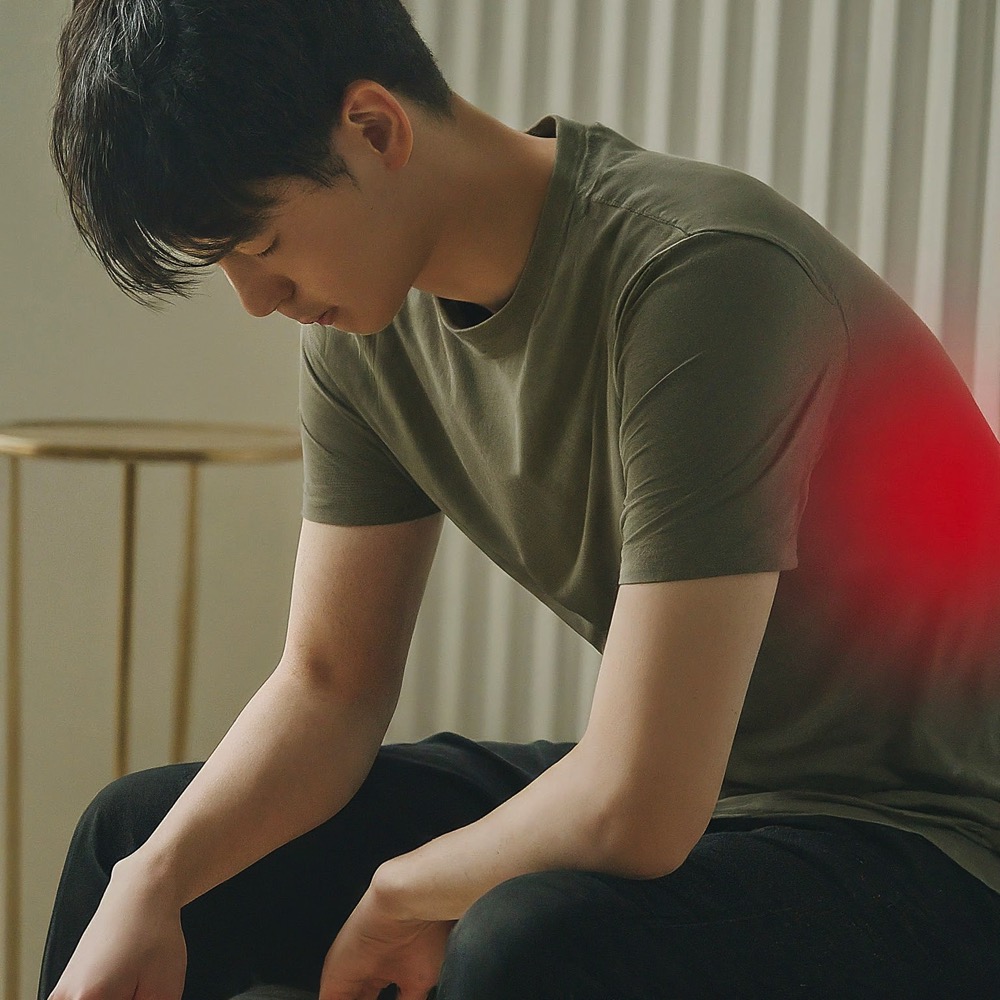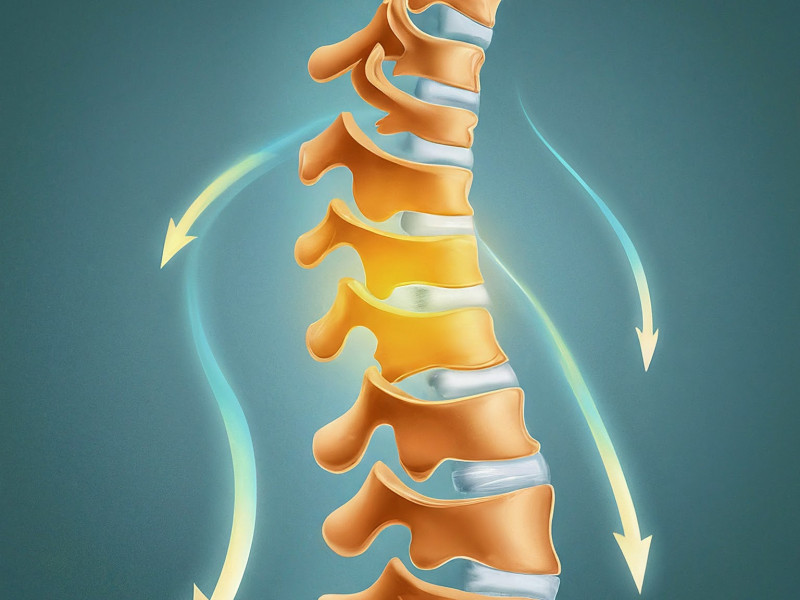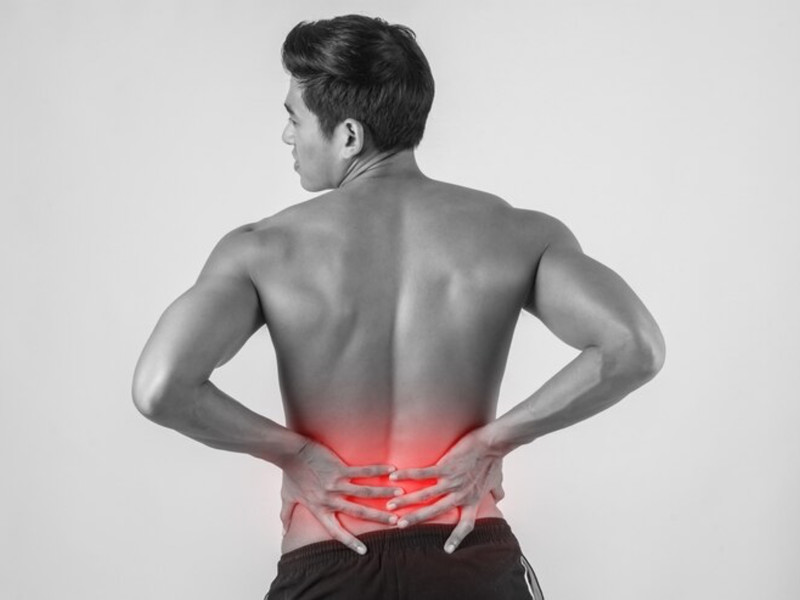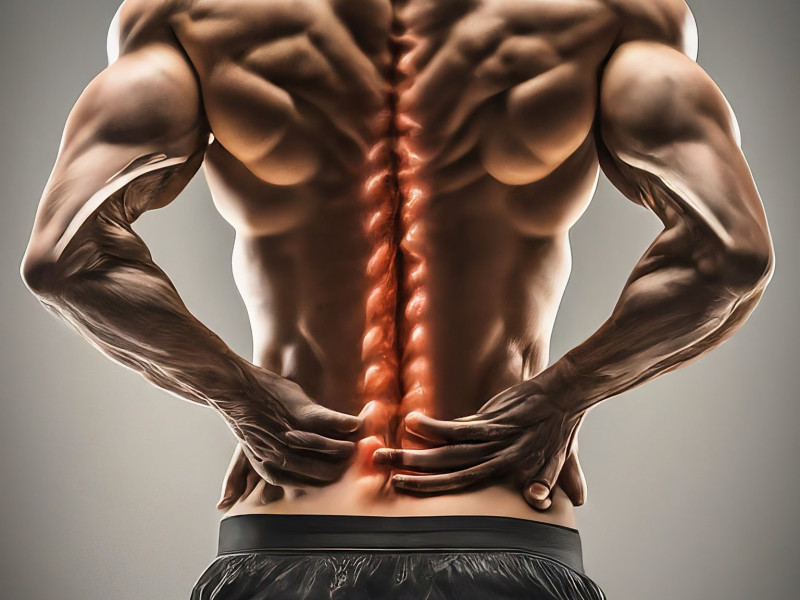Comprehensive Guide to Back Pain Treatments
Back Pain Treatment Options

Back pain is a common condition that can significantly affect daily activities and quality of life. Fortunately, there are numerous back pain treatments available to help manage and relieve back pain. These treatments range from exercises and lifestyle changes to medications and assistive devices, providing a comprehensive approach to back pain management.
Effective Exercises for Back Pain Relief
- Medications:
- Pain Relievers: Acetaminophen and NSAIDs (ibuprofen, naproxen) are commonly used to reduce pain and inflammation, effective for mild to moderate back pain.
- Muscle Relaxants: Help alleviate muscle spasms that contribute to back pain.
- Anti-Inflammatories: Essential for reducing inflammation associated with back pain.
- Physical Therapy:
- Strengthening and Flexibility Exercises: Focus on building the muscles that support the spine, including the core, back, and legs.
- Posture Training: Help distribute weight evenly across the spine, reducing strain and preventing further injury.
- Lifestyle Changes:
- Diet: A balanced diet rich in anti-inflammatory foods, such as fruits, vegetables, and omega-3 fatty acids, can help manage inflammation and support overall health.
- Weight Management: Maintaining a healthy weight reduces the load on the spine, alleviating back pain.
- Activity Modification: Adopting low-impact activities like swimming, walking, or cycling can help keep the body active without putting excessive strain on the back.
- Assistive Devices:
- Back Braces: These provide additional support to the lower back, helping to maintain proper alignment and reduce strain during activities. They are particularly useful during periods of acute pain or recovery from injury.
- Ergonomic Supports: Ergonomic chairs, cushions, and adjustable desks can help maintain proper posture while sitting for extended periods.
Minimally Invasive Back Surgery Procedures
Minimally invasive back surgery procedures have revolutionised the treatment of spinal conditions by offering effective solutions with reduced recovery times, less pain, and smaller incisions compared to traditional open surgeries. These advanced techniques provide significant benefits for patients suffering from chronic back pain or spinal issues.
Benefits of Minimally Invasive Surgery
- Arthroscopic Spine Surgery: Minimally invasive procedures to treat spinal issues involve small incisions and specialised instruments, reducing tissue damage and recovery time. These surgeries can address conditions like herniated discs, spinal stenosis, and degenerative disc disease.
- Discectomy: Techniques to remove a herniated disc and relieve nerve pressure are performed through small incisions. This procedure can significantly reduce pain and improve mobility with a faster recovery compared to traditional open surgery.
- Rehabilitation and Recovery: Post-surgical care and physical therapy programs tailored for back injuries are essential for optimal recovery. Rehabilitation focuses on restoring strength, flexibility, and function, while also educating patients on how to prevent future injuries.
Chronic Back Pain Management Tips
Chronic back pain is a persistent condition that can significantly affect an individual's quality of life. Effective management involves understanding the causes, recognising the symptoms, and obtaining a proper diagnosis to guide treatment.
Managing Chronic Back Pain
- Common Causes:
- Poor Posture: Slouching or maintaining improper posture while sitting, standing, or lifting can lead to muscle strain and chronic back pain.
- Injuries: Acute injuries, such as sprains, strains, or fractures, can result from accidents, falls, or sports activities.
- Degenerative Conditions: Conditions like osteoarthritis, degenerative disc disease, and spinal stenosis are common causes of chronic back pain.
- Symptoms:
- Pain: Chronic back pain can range from a dull, constant ache to sharp, shooting pain that radiates down the legs (sciatica).
- Stiffness: Reduced flexibility and stiffness in the back, particularly in the morning or after periods of inactivity.
- Limited Mobility: Difficulty in performing movements such as bending, twisting, or reaching due to pain and stiffness also affect gait and posture.
- Diagnosis:
- Physical Examination:
- Clinical Assessment: A thorough physical examination by a healthcare provider includes evaluating the patient’s medical history, assessing pain levels, and examining posture, gait, and range of motion.
- Palpation and Provocation Tests: The doctor may palpate the spine and surrounding muscles to identify tender areas.
- Imaging Tests:
- X-Rays: Useful for identifying bone abnormalities, such as fractures, osteoarthritis, and spinal alignment issues.
- MRI (Magnetic Resonance Imaging): Useful for diagnosing conditions like herniated discs, spinal stenosis, and nerve compression.
- CT (Computed Tomography) Scans: Detect bone and soft tissue abnormalities.
- Other Diagnostic Tools:
- Bone Scans: Can detect bone infections, fractures, and other bone disorders that may not be visible on standard X-rays.
- Electromyography (EMG): Measures the electrical activity of muscles and nerves to identify nerve compression or damage, often used in cases of suspected radiculopathy or sciatica.
- Physical Examination:
Non-Surgical Back Pain Treatments
Non-surgical treatments for back pain focus on relieving pain, improving function, and preventing further injury through a variety of conservative approaches. These treatments can be highly effective and are typically the first line of defence against back pain.
Physical Therapy for Back Pain
Non-Surgical Treatments:
- Rest:
- Short-Term Rest: Allowing the back to rest for a short period, especially during acute pain episodes, can help reduce inflammation and alleviate pain. However, prolonged bed rest is generally discouraged as it can lead to stiffness and muscle weakness.
- Activity Modification: Avoiding activities that exacerbate pain, such as heavy lifting or prolonged sitting, can help manage symptoms. Instead, engaging in gentle activities like walking or swimming can promote healing without straining the back.
- Physical Therapy:
- Strengthening and Flexibility Exercises: Focus on strengthening the muscles that support the spine, particularly the core muscles.
- Posture Training: Physical therapists teach proper posture techniques and ergonomic adjustments to reduce strain on the back during daily activities.
- Manual Therapy: Massage, mobilization, and manipulation can help relieve pain, improve mobility, and restore function.
- Medications:
- Pain Relievers: Acetaminophen and NSAIDs (ibuprofen, naproxen) can reduce pain and inflammation.
- Muscle Relaxants: To alleviate muscle spasms associated with back pain.
- Lifestyle Changes:
- Diet: A balanced diet rich in anti-inflammatory foods, such as fruits, vegetables, and omega-3 fatty acids, can support overall health and reduce inflammation.
- Weight Management: Maintaining a healthy weight reduces the load on the spine, decreasing pain and the risk of further injury.
- Regular Exercise: Engaging in regular, low-impact exercise like walking, swimming, or cycling helps maintain a healthy weight, strengthens muscles, and improves flexibility.
- Assistive Devices:
- Back Braces: Provide additional support to the spine, reduce strain, and alleviate pain during activities.
- Ergonomic Supports: Lumbar cushions and adjustable chairs help maintain proper posture and reduce back strain.
Back Pain Management Guide
Effective management involves a comprehensive approach that includes understanding symptoms, utilizing non-surgical treatments, considering surgical options when necessary, and recognising the importance of post-surgical care.
Graft Choices for Back Surgery (if applicable)
- Autografts vs Allografts:
In back surgery, graft choices include using the patient’s own tissue (autografts) versus donor tissue (allografts). Autografts are often taken from the patient's pelvis and used for spinal fusion, offering compatibility and lower rejection risk. Allografts come from a donor and eliminate the need for a second surgical site. - Benefits and Risks:
- Autografts: The benefit includes a lower risk of immune rejection and higher integration success. The risk involves additional surgical time and potential complications at the graft site.
- Allografts: The benefit includes avoiding a second surgical site and reduced operative time. The risk includes a slight risk of immune reaction and disease transmission, although this is rare with modern screening techniques.
Frequently Asked Questions
Choose MSK For Expertise and Excellence
MSKDoctors is the leading platform dedicated to connecting patients with expert doctors and surgeons specialising in musculoskeletal health. We are committed to providing high-quality and comprehensive information, trusted resources, and services to individuals seeking musculoskeletal care in the UK.
Our network includes highly skilled and qualified musculoskeletal doctors, orthopaedic surgeons, sports medicine doctors, and GPs with specialist interests in MSK medicine. We carefully curate our directory of specialists to ensure that patients have access to trusted and experienced professionals who are dedicated to providing personalised and effective musculoskeletal care.








